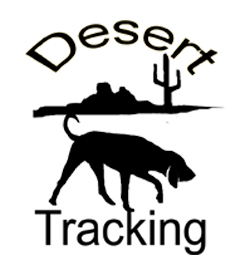“For most animals, smell is a very, very important thing,” said Harvard Professor Venkatesh Murthy. “If they are in an environment where there’s one overwhelming smell that’s irrelevant, they need to be able to detect a weak smell that may signal danger.” Earlier studies had hinted that the interneurons in the olfactory bulb are the primary target of the feedback signals, but Murthy’s study is the first to prove it.
Read the article here: http://news.harvard.edu/
